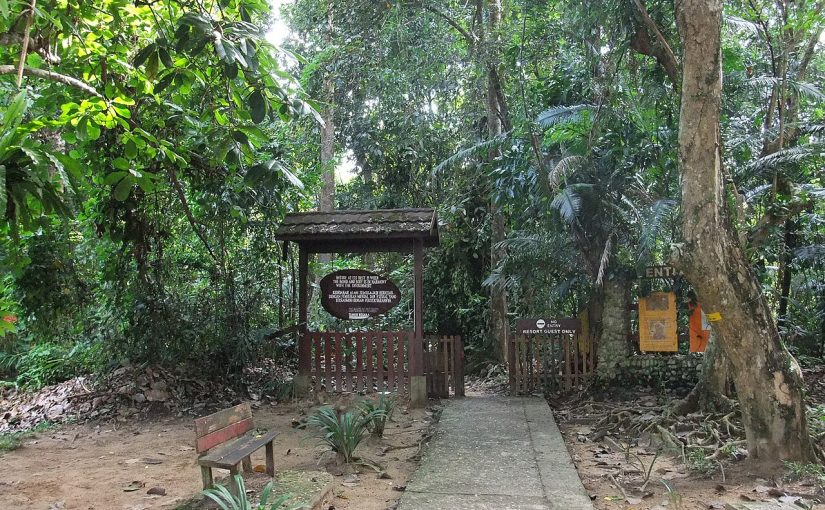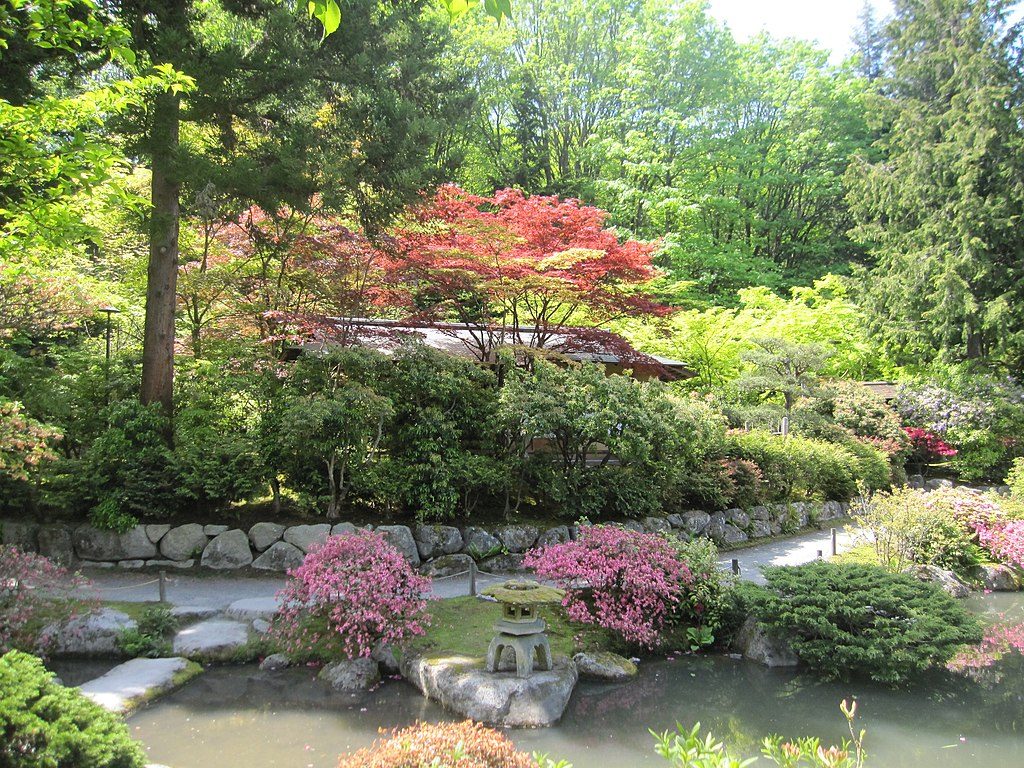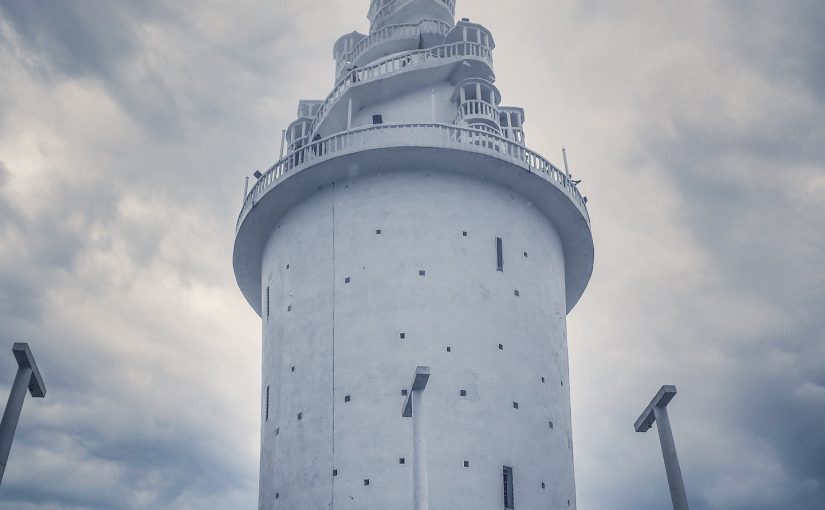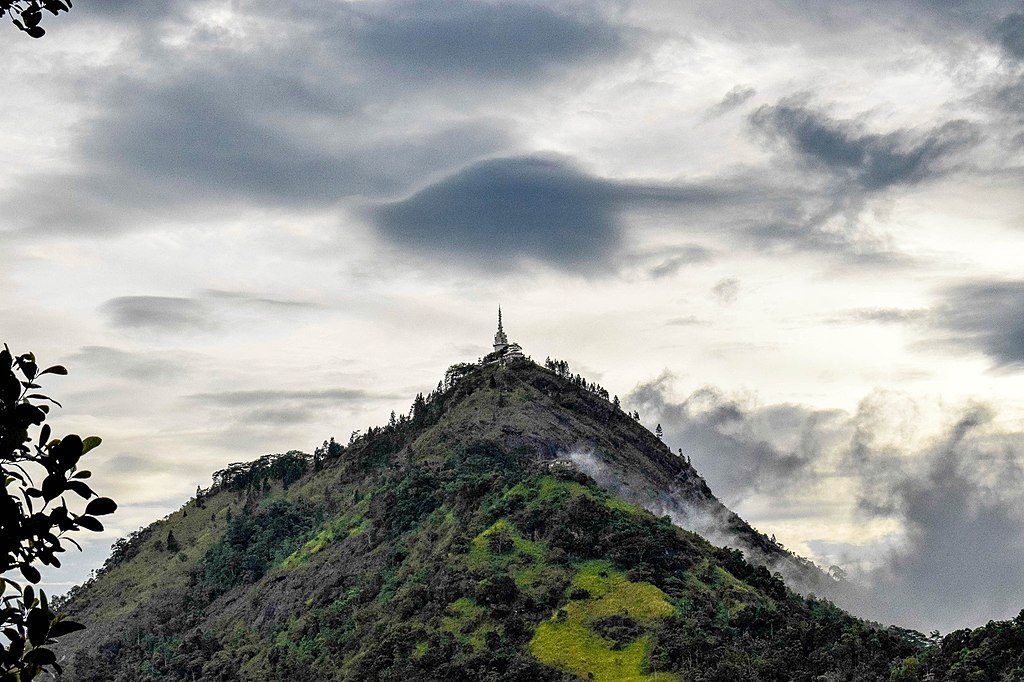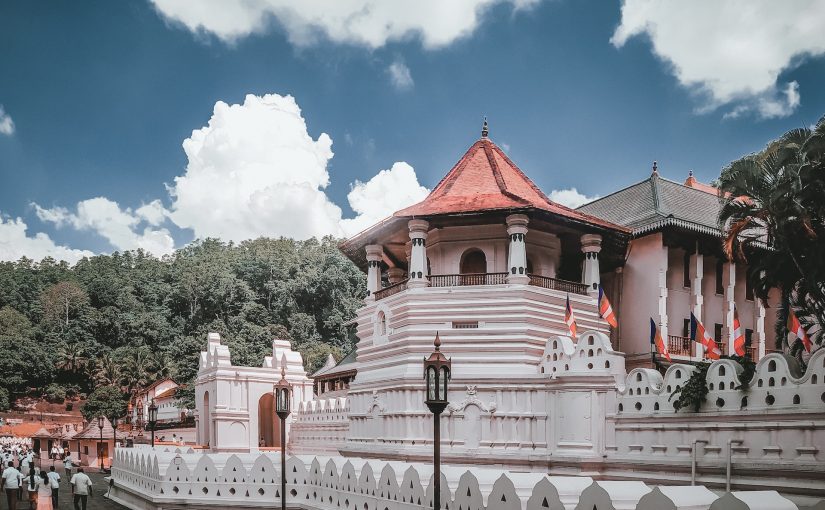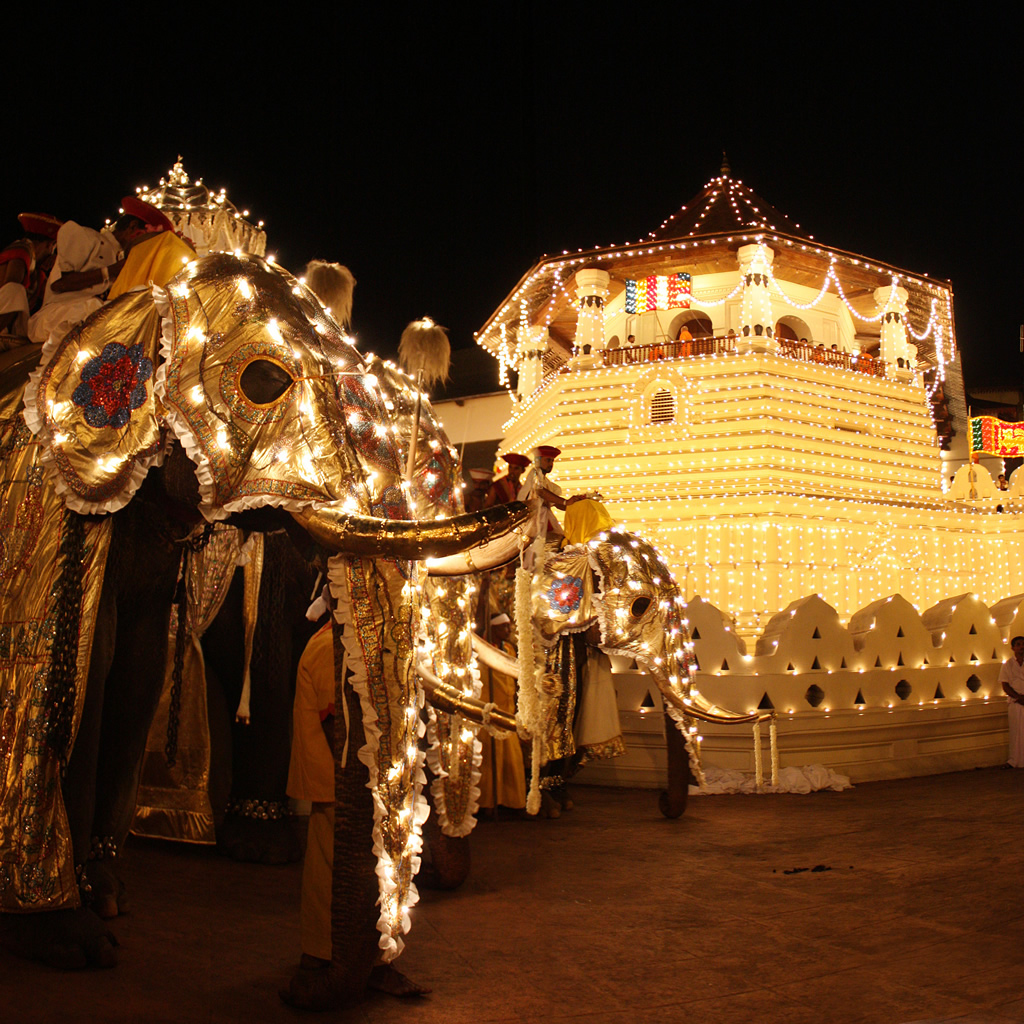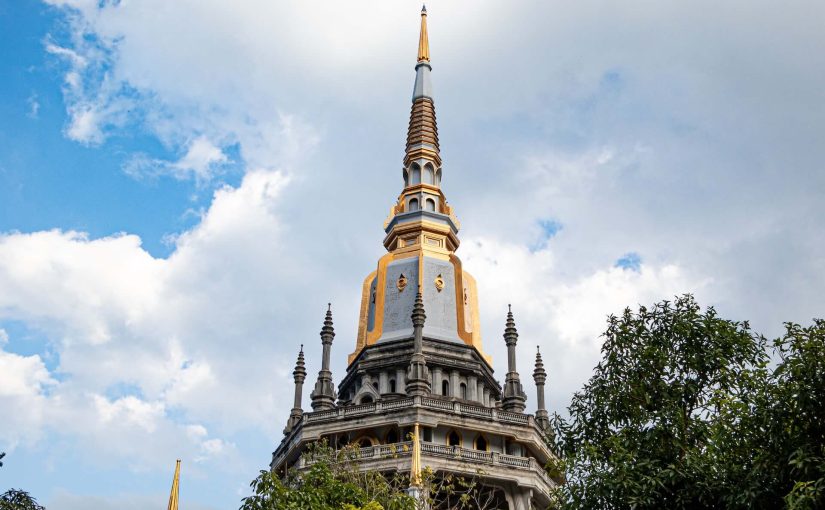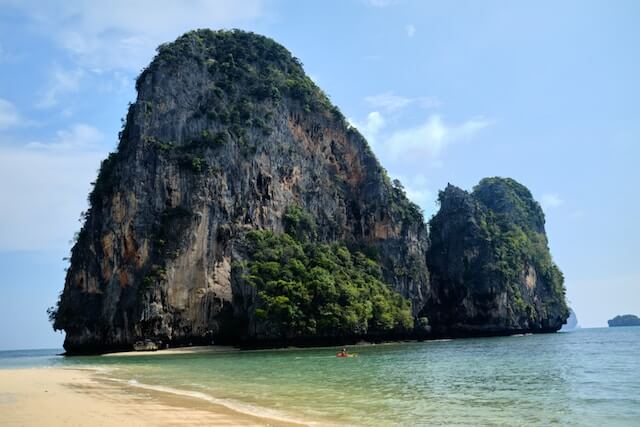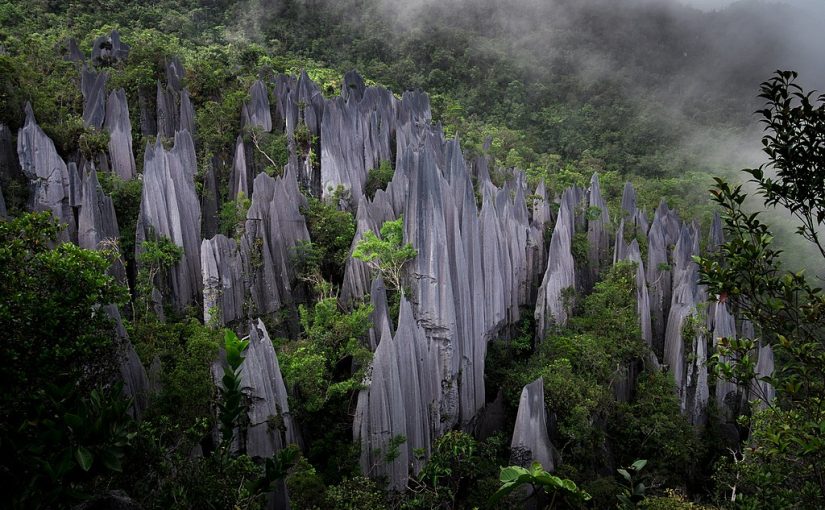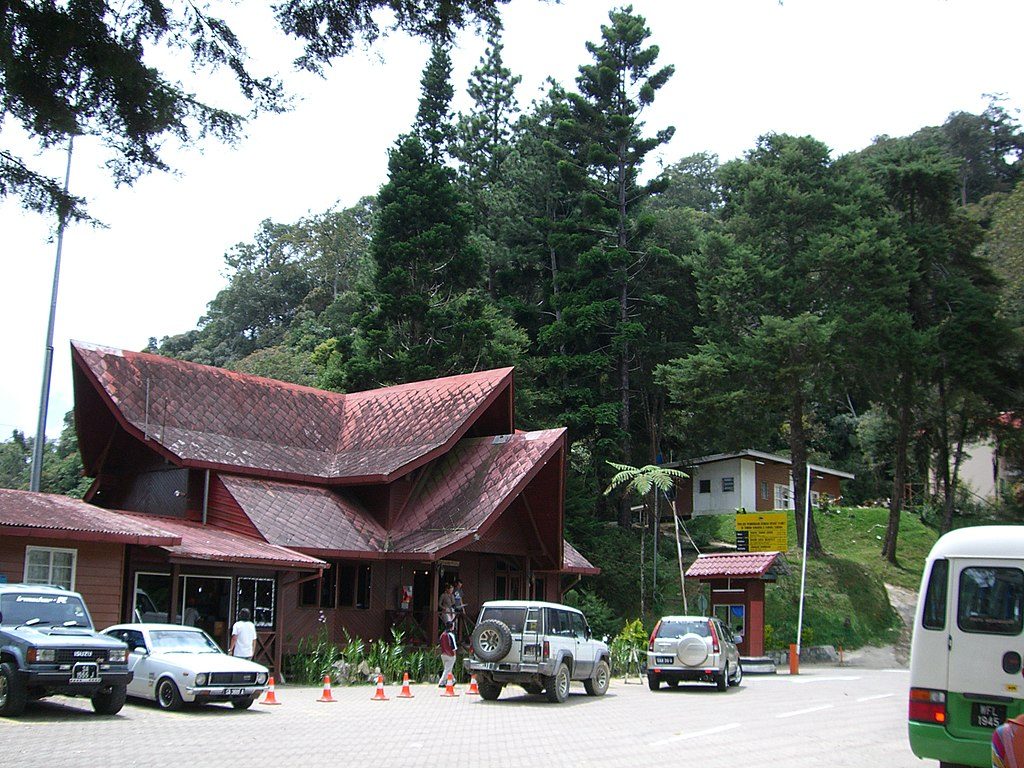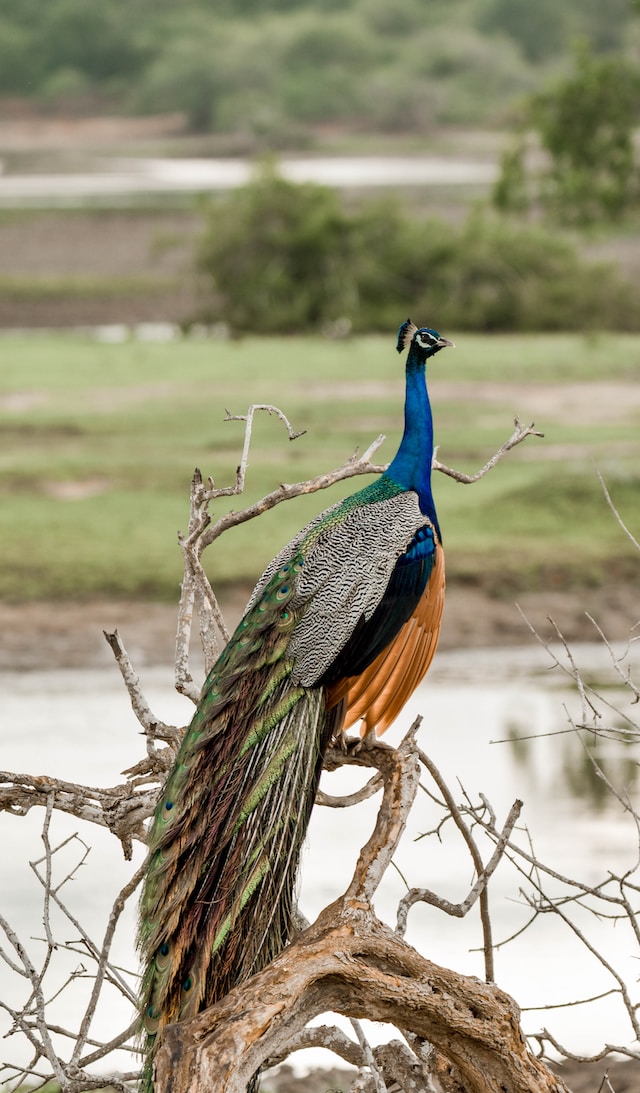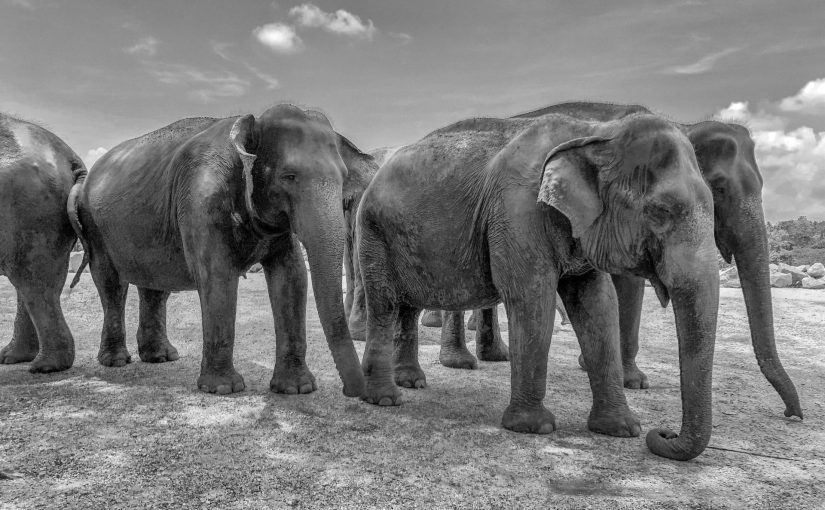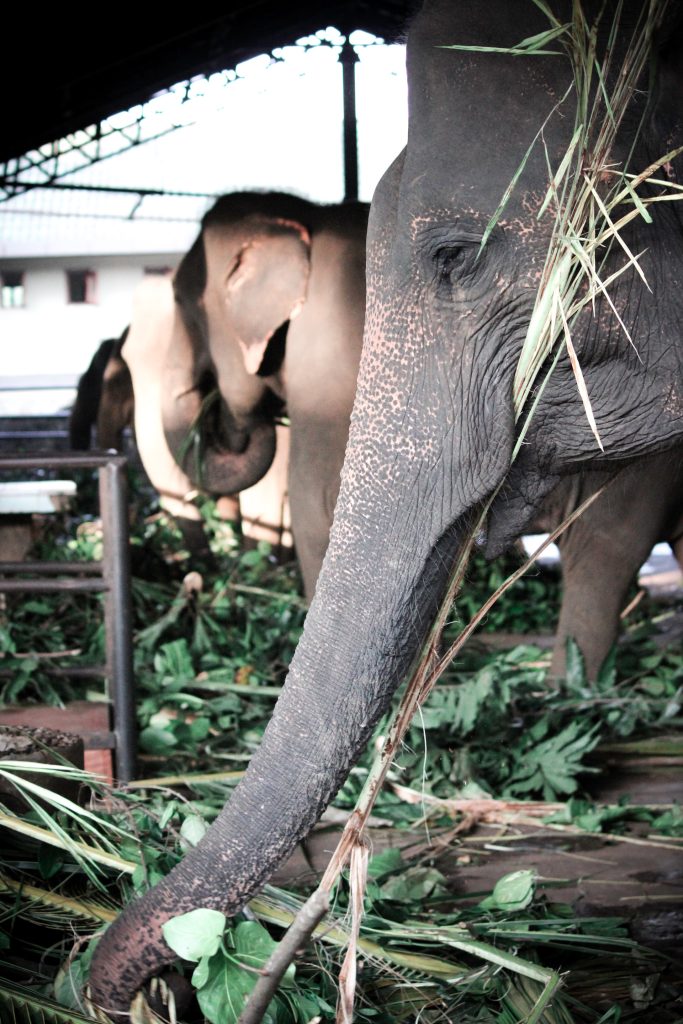Malaysia is home to some of the most diverse and oldest wildlife ecosystems in the world and has a great variety of national parks spread across the region. It is also known for its rich biodiversity and diverse ecosystems, making it a fantastic destination for wildlife enthusiasts. Here are the top spots to experience wildlife like no other.
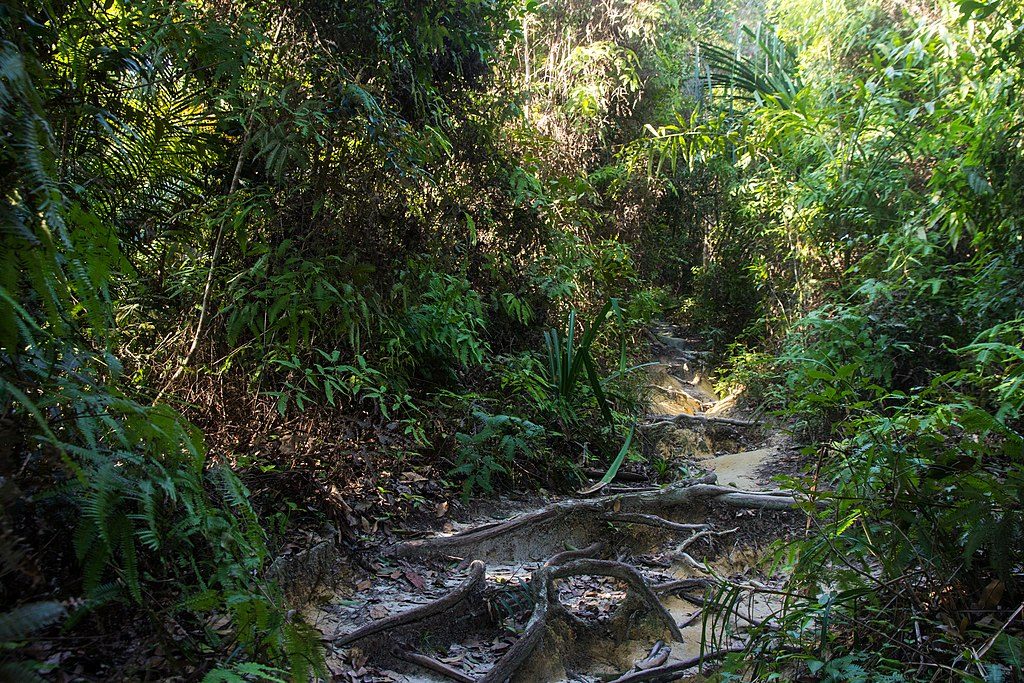
Taman Negara National Park
Located in Peninsular Malaysia, Taman Negara is one of the world’s oldest rainforests. It’s home to a wide variety of wildlife including tigers, Asian elephants, rare birds, and unique plants. Canopy walks and river cruises offer opportunities for wildlife spotting, and you can also find the Rafflesia arnoldii, the largest flower in the world. While not the most pleasant smelling, or the prettiest looking, you should definitely keep an eye out for it.
Penang National Park
Despite its small size, Penang National Park is home to a diverse range of wildlife, including monitor lizards, macaques, and various bird species. The park also features mangrove forests and pristine beaches. It should be an easy visit for you if you’re staying at a hotel in Penang. Georgetown contains some of the most comfortable accommodation options for you to begin your wildlife adventure, with properties such as Citadines Connect Georgetown Penang providing welcoming lodging for the weary traveller.
Mount Kinabalu National Park
Mount Kinabalu National Park is a UNESCO World Heritage Site and one of the most iconic natural destinations in Malaysia. Located in the Malaysian state of Sabah on the island of Borneo, the park is known for its incredible biodiversity and the majestic Mount Kinabalu, Southeast Asia’s highest peak. The park’s namesake and centerpiece, Mount Kinabalu stands at 4,095 meters (13,435 feet) above sea level. It is a popular destination for hikers and climbers, offering various trekking routes suitable for different skill levels.
